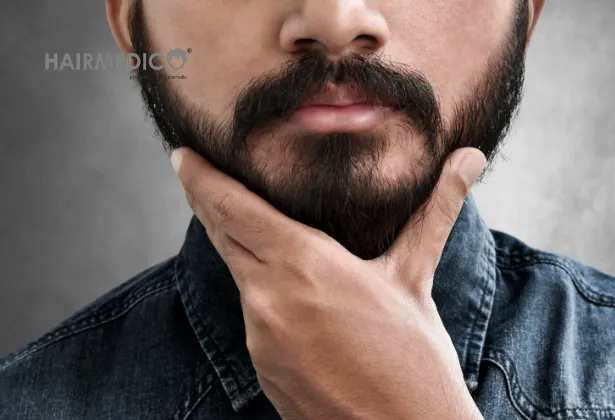
A full and well-groomed beard is a symbol of masculinity and confidence. However, many men struggle with patchy or thin facial hair due to genetics, scarring, or hormonal imbalances. If you’re looking for a permanent solution, a beard transplant can help you achieve a fuller, thicker beard.
In this guide, we’ll explore how beard transplants work, the most common issues, and essential aftercare tips to ensure the best results. If you’re considering a beard transplant in Turkey, visit Hairmedico’s Beard Transplant Page for expert consultations and personalized treatment plans.
A beard transplant involves transferring hair follicles from a donor area (typically the back of the scalp) to the beard region. The two main techniques used are:
✔️ Individual hair follicles are extracted and implanted in the beard.
✔️ Minimally invasive with no stitches or large scars.
✔️ Natural-looking results and faster recovery.
✔️ A strip of scalp is removed, and hair follicles are extracted for transplantation.
✔️ More grafts can be transplanted in one session.
✔️ Leaves a small linear scar on the scalp.
The procedure typically lasts 4-8 hours under local anesthesia. Learn more about different hair transplant methods at How Hair Transplants Work.
Although beard transplants have a high success rate, patients may experience some temporary side effects or complications.
For detailed aftercare instructions, read Hair Transplant Aftercare Guide.
✅ Avoid blood-thinning medications (Aspirin, Ibuprofen).
✅ Stop smoking and alcohol consumption 1 week before surgery.
✅ Stay hydrated and eat nutrient-rich foods.
✅ Wear loose, comfortable clothing on the day of the procedure.
✅ Do not wash the beard area for the first 48 hours.
✅ Avoid scratching, rubbing, or shaving the transplanted area.
✅ Avoid strenuous activities for at least 7 days.
✅ Sleep with your head elevated to reduce swelling.
✅ Follow your surgeon’s prescribed medications and instructions.
For a full guide on recovery, check out What to Expect After a Hair Transplant.
✔️ First 2-3 Weeks: Shock hair loss occurs.
✔️ 3-6 Months: New hair begins to grow.
✔️ 6-9 Months: Beard appears fuller, but still developing.
✔️ 12 Months: Final, permanent results are visible.
Patience and proper care are essential to achieving the best outcome.
Turkey, especially Istanbul, is a global leader in hair and beard transplants. Reasons why thousands of patients choose Turkey every year:
✔️ World-class surgeons & advanced techniques.
✔️ Affordable prices (50-70% cheaper than in the US & Europe).
✔️ High success rates & natural results.
✔️ Medical tourism packages (hotel, transfers, VIP service).
For more details, read Why Choose Istanbul for a Hair Transplant?.
A beard transplant is an excellent option for men with patchy facial hair, scars, or genetic hair loss. If you’re considering the procedure, make sure to consult an experienced surgeon and understand the recovery process.
📌 Ready to take the next step? Book a FREE consultation with expert surgeons at Hairmedico.